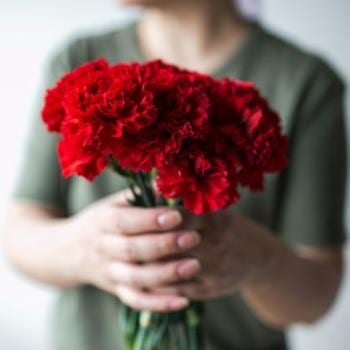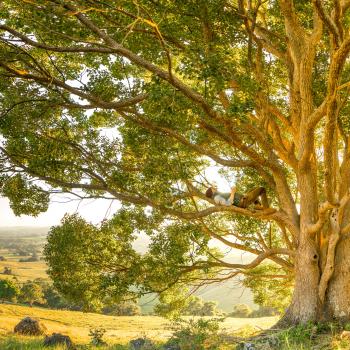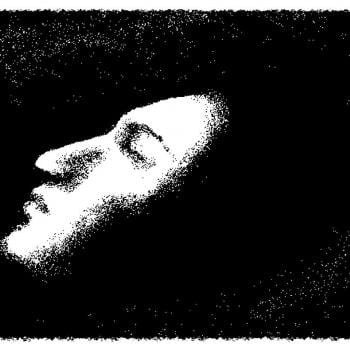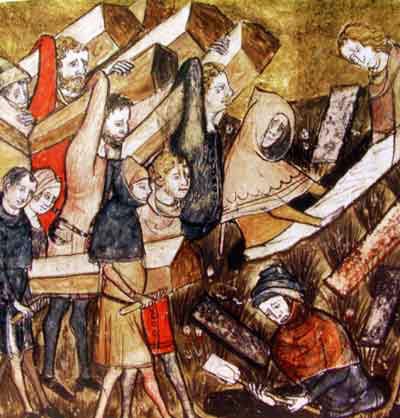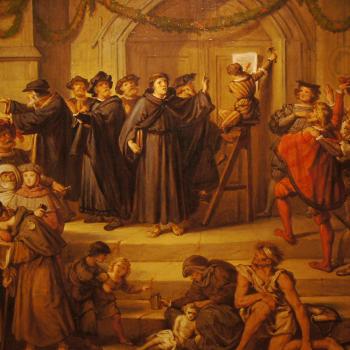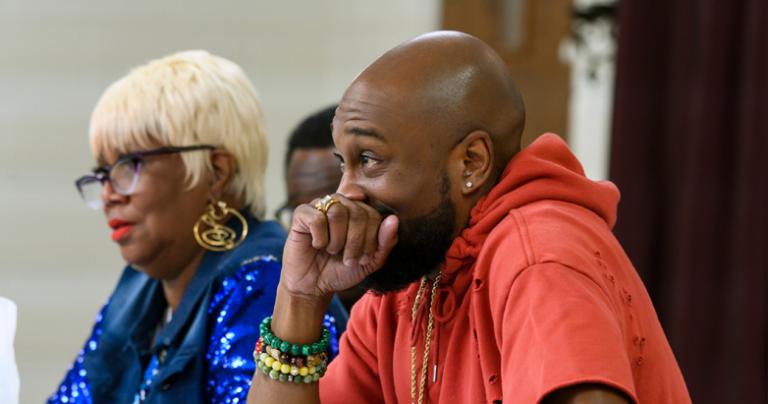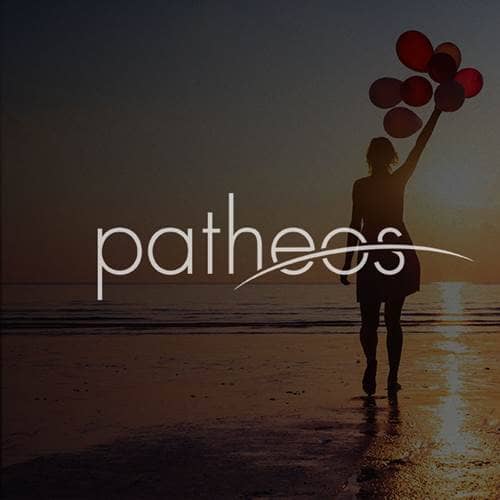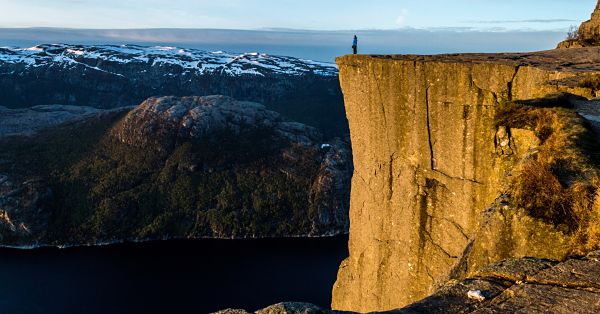- Trending:
- Pope Leo Xiv
- |
- Israel
- |
- Trump
- |
- Social Justice
- |
- Peace
- |
- Love
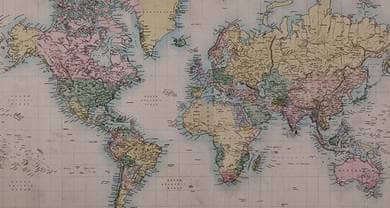
RELIGION LIBRARY
Bhutan
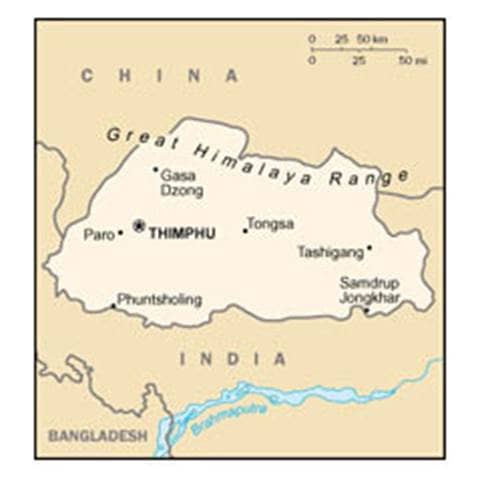
The country has an area of 18,146 square miles and a population of 672,000, according to the 2005 census. Approximately two-thirds to three-quarters of the population practices Drukpa Kagyupa or Ningmapa Buddhism, both of which are disciplines of Mahayana Buddhism. Approximately one-quarter of the population is ethnic Nepalese and practices Hinduism. Christians, both Roman Catholic and Protestant, and nonreligious groups comprise less than one percent of the population.
Ethnic Ngalops, descendants of Tibetan immigrants, comprise the majority of the population in the western and central areas and mostly follow the Drukpa Kargyupa school.
Ethnic Sarchops, descendants of the country's probable original inhabitants, live in the East. Reportedly, some Sarchops practice Buddhism combined with elements of the Bön tradition (Animism) and Hinduism. Several Sarchops held high positions in the Government, the National Assembly, and the court system. The Government supports both Kagyupa and Ningmapa Buddhist monasteries. The royal family practices a combination of Ningmapa and Kagyupa Buddhism, and many citizens believe in the concept of "Kanyin-Zungdrel," meaning "Kagyupa and Ningmapa as one."
Bön, the country's animist and shamanistic belief system, revolves around the worship of nature and predates Buddhism. Although Bön priests often officiated and included Bön rituals in Buddhist festivals, very few citizens adhere exclusively to this religious group.
Hindus, mainly in the South, follow the Shaivite, Vaishnavite, Shakta, Ganapathi, Puranic, and Vedic schools. Hindu temples exist in Thimphu and southern areas, and Hindus practice their religious beliefs in small to medium-sized groups.
Christians are present throughout the country in very small numbers. There is reportedly one building dedicated to Christian worship in the South, the only area with a sufficiently large congregation to sustain a church; elsewhere, Christian families and individuals practice their religious beliefs at home. Nongovernmental organizations (NGOs) claimed the Government discouraged open worship by both large and small gatherings. International Christian relief organizations and Catholic Jesuit priests engaged in education and humanitarian activities.
| Population | Population (2009 est.) 691,141 |
| Religious Demographics | Lamaistic Buddhist 75%, Indian- and Nepalese-influenced Hinduism 25% |
| Ethnic Groups | Ethnic Groups Bhote 50%, ethnic Nepalese 35% (includes Lhotsampas - one of several Nepalese ethnic groups), indigenous or migrant tribes 15% |
| Languages | Languages Dzongkha (official), Bhotes speak various Tibetan dialects, Nepalese speak various Nepalese dialects |
| Country Flag | 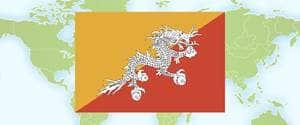 |

